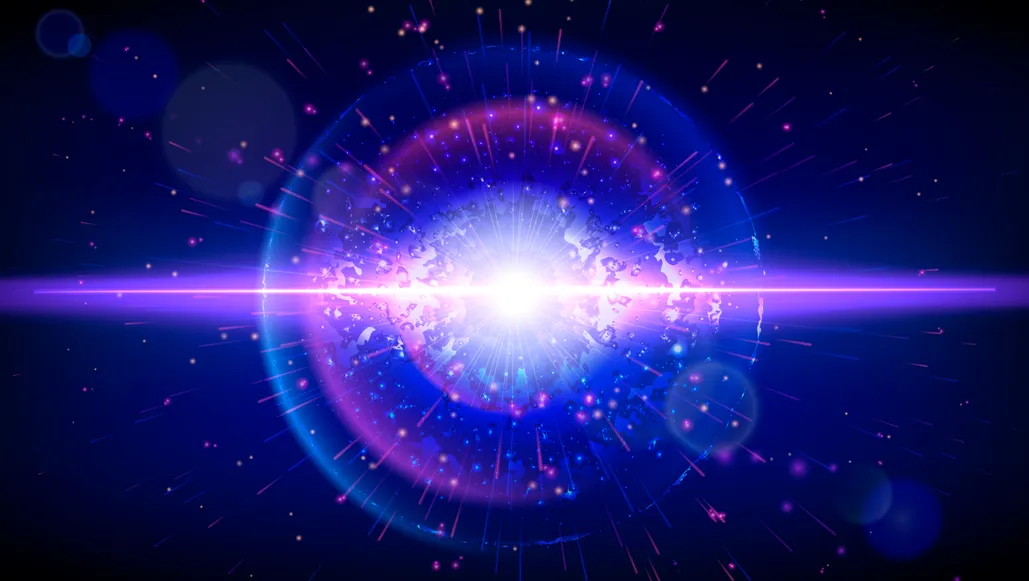Supernovae are cataclysmic events that occur when massive stars reach the end of their lives and explode in a spectacular burst of energy and light. These explosions are among the most powerful events in the universe, releasing more energy in a few seconds than the Sun will produce in its entire lifetime.
Types of Supernovae
There are two main types of supernovae:
- Type Ia Supernovae: These occur when a white dwarf star accretes matter from a companion star until it reaches a critical mass. The star then undergoes a thermonuclear explosion, completely destroying itself. Type Ia supernovae are used as standard candles to measure distances in the universe.
- Type II Supernovae: These occur when a massive star runs out of fuel and its core collapses under its own gravity. The collapse triggers a violent explosion that can leave behind a neutron star or black hole.
The Impact of Supernovae
Supernovae have a profound impact on the universe. They can create elements heavier than iron, which are essential for the formation of planets and life. Supernovae can also trigger the formation of new stars and planets.
Observing Supernovae
Astronomers use telescopes to observe supernovae. By studying the light emitted by supernovae, astronomers can learn about the properties of the exploding star and the surrounding environment.
Supernovae are a testament to the power and beauty of the universe. They are rare events, but when they occur, they provide astronomers with a unique opportunity to study the most extreme conditions in the cosmos.
